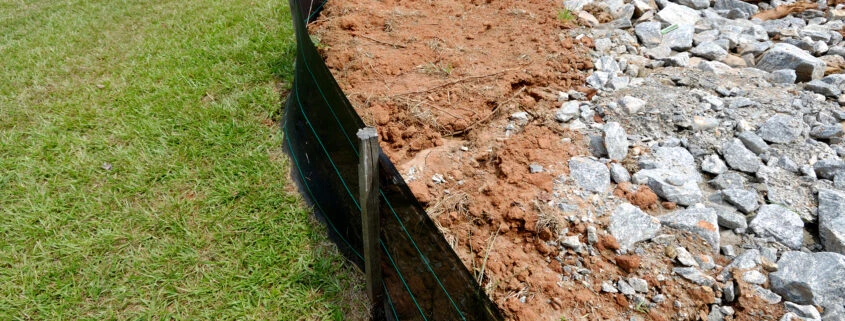Draft Changes to the Georgia NPDES Construction Stormwater Permit
On December 15, 2017, the Georgia Department of Natural Resources – Environmental Protection Division (EPD) issued their draft NPDES Construction General Permit. If approved, the new permit will go into effect August 1, 2018.
Below is a summary of relevant changes:
- As a result of the EPD’s implementation of the NPDES electronic reporting rule, ALL
Notices of Intent (NOI), modifications to existing NOI’s, and Notices of Termination
(NOT’s) MUST be submitted through the EPD’s electronic submittal portal:
https://geos.epd.georgia.gov/GA/GEOS/Public/GovEnt/Shared/Pages/Main/Login.aspx. - The EPD is in the process of developing an electronic method of submitting water
sampling reports via the electronic submittal portal. Notifications will be sent once this method is completed. - Plans required to be submitted directly to the EPD for review must now be submitted electronically via the electronic submittal portal or as a PDF file on a CD-ROM or other
storage device. - The “self-reporting” of permit violations to the EPD has been clarified as follows:
- Whenever a BMP has failed or is deficient and has resulted in sediment
deposition into waters of the state, that constitutes a violation and a summary of
that violation must be submitted to the EPD. - If the BMP that resulted in the sediment deposition does not require a new or
replacement BMP or significant repair, the BMP must be repaired by close of the
next business day from the time of discovery. - If the BMP that resulted in the sediment deposition requires a new or modified
BMP or significant repair, the BMP must be operational by no later than 7
business days from time of discovery.
- Whenever a BMP has failed or is deficient and has resulted in sediment
- Rainfall must be measured and recorded within the disturbed areas of the site that have
not met final stabilization once every 24 hours except any non-working weekends and
holidays. - Coverage under the infrastructure construction permit (GAR100002) is not required for
construction projects that consist solely of the installation of cable barriers and guardrail
within existing rights-of-way, and the installation of buried utility lines.
The public commenting period is 30 days from the date of the public notice. A public meeting regarding the draft permit is scheduled for January 31, 2018. The content of the comments and results of the public meeting may alter these proposed changes. Contact HB NEXT for any other questions pertaining to Storm Water or Environmental Services.



